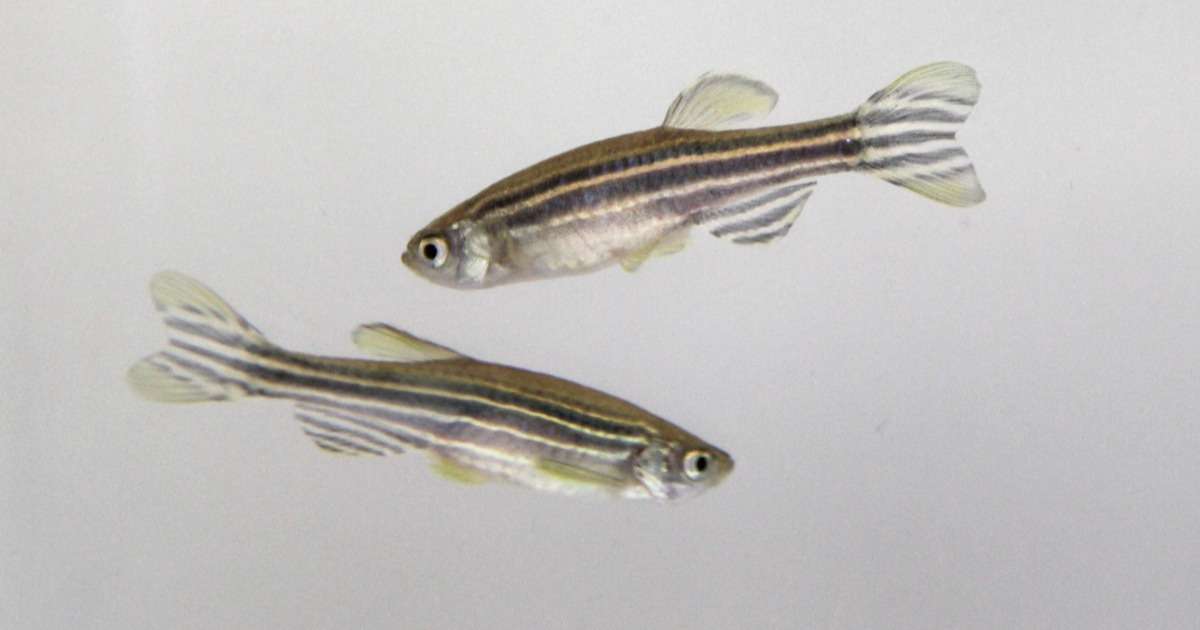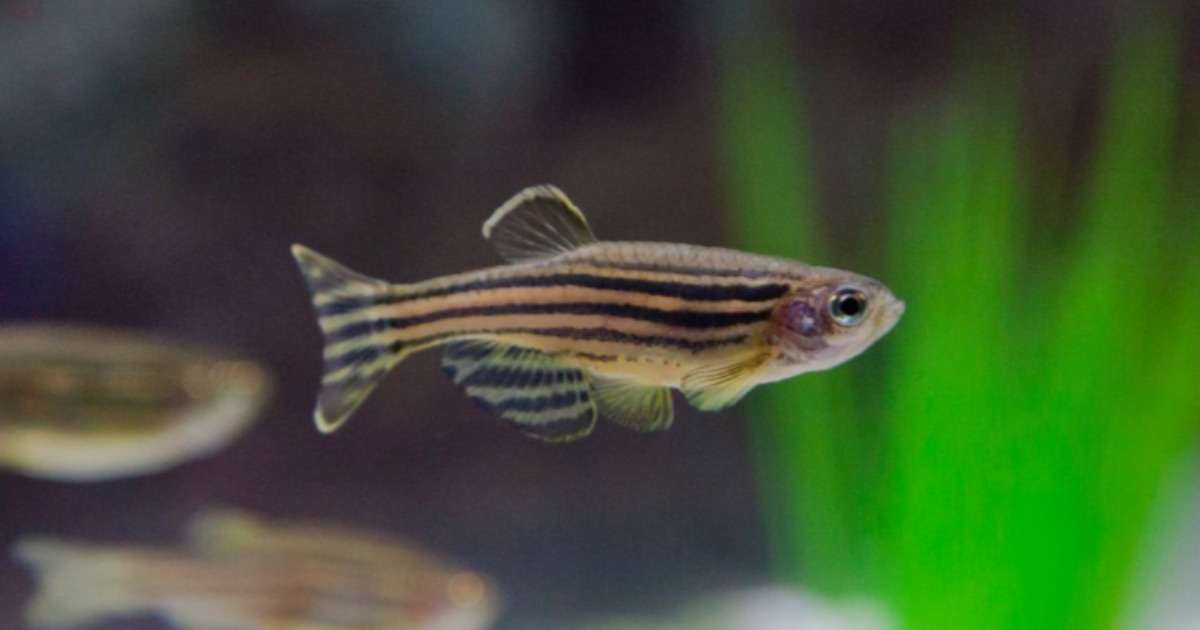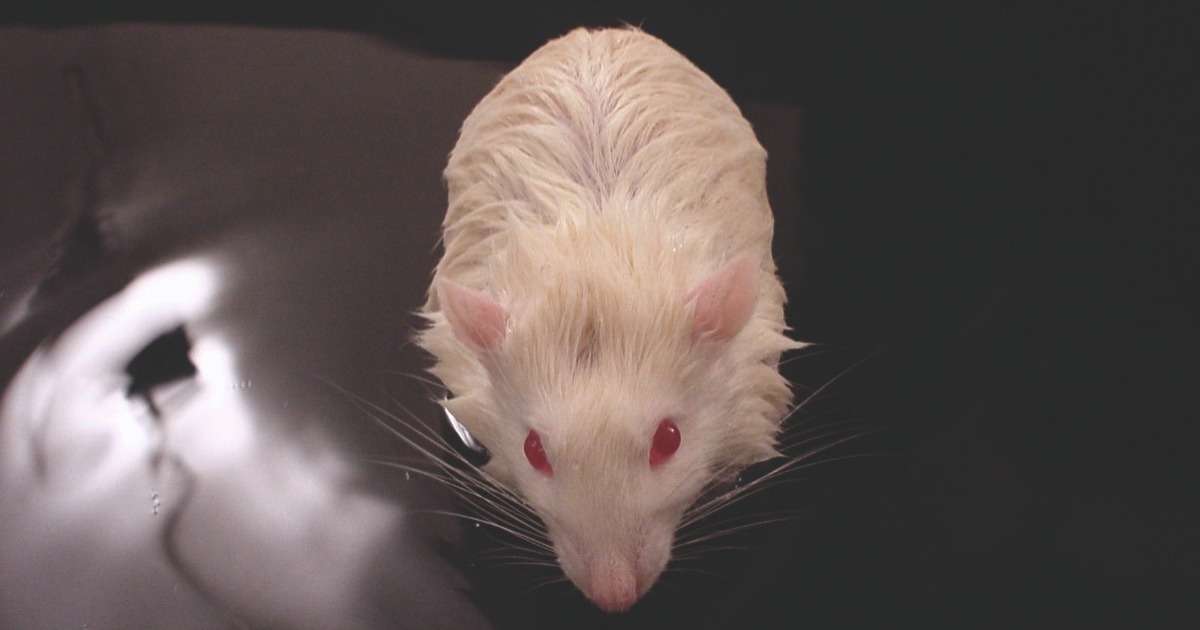
Testing PCBs toxicity - behavior in zebrafish and their offspring
PCBs are synthetic molecules that were used in transformers, electric motors, and more applications. It was quickly discovered that these molecules are toxic, and subsequently, they were banned.

Unraveling the chemistry of mood disorders
The most common psychiatric disorders are mood and anxiety related. However, the underlying mechanisms of these diseases are still largely unknown. This complicates the development of effective treatment and drugs.

How zebrafish and optogenetics are great for investigating stress
By this point, we do not need to tell you how popular zebrafish are. We also probably do not need to point out the great technological advances that are being made in research because of the use of optogenetics.

The effects of quantum dots on zebrafish larvae locomotor behavior
Ever heard of quantum dots? These dots are nanoparticles made of a semiconductor material, which have unique optical properties, making them of great interest for fields such as biological imaging, medical diagnostics.

Tracking a wide variety of animals
Video tracking is used to track a widevariety of animal species in even more different test arenas. From insects of 1 mm on leaf discs, to monkeys in a cage, or zebra fish in an aquarium.

To mate or not to mate? Females are less choosy when males are rare
Having a choice for a mating partner is extremely important for females, so they can be critical in choosing which male to mate with.

Zebrafish research: behavioral differences between wild-type strains
Often in animal research, animals with a certain genetic alteration are compared to a “wild-type”. One might assume that there is no differences between wild-types, but many different strains of wild-type animals are used.

How environmental enrichment reduces the effects of stroke
Some research requires animals to be studied in groups. For this it is very useful to have video tracking software that can automatically track the behavior of multiple animals simultaneously.

Using several behavioral tests to investigate the role of the NR1 gene in schizo
Studies of the mental disorder schizophrenia in lab animals often include behavioral tests to investigate social behavior, cognitive abilities, and motor functioning.

Mice with Alzheimer’s disease walk well but remember poorly
A large number of genetically engineered mouse models are available to study different aspects of Alzheimer’s disease.
